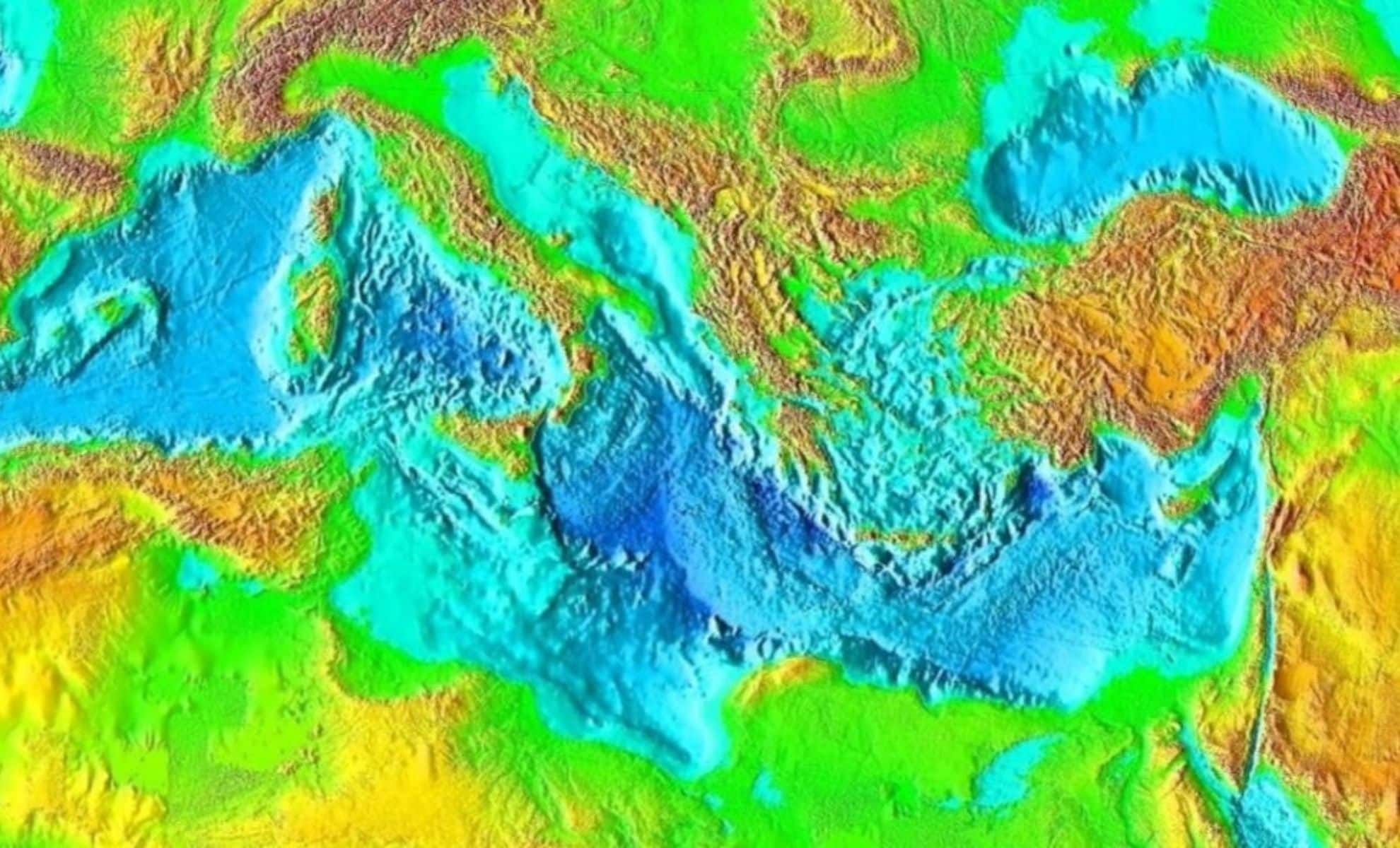
Over recent years, marine biologists and ocean enthusiasts have been alarmed by a devastating phenomenon: billions of sea stars are wasting away. This mass die-off has puzzled scientists and conservationists alike, prompting urgent investigations into the root causes. The decline isn’t just a localized event; it spans the West Coast of North America and has significant implications for marine ecosystems. The sudden and widespread decline of sea stars, also known as starfish, is more than a natural occurrence—it’s a stark indicator of changing oceanic conditions and emerging pathogens.
Unraveling the Causes: The Ocean Mystery
Scientists initially grappled with understanding what was causing this unparalleled die-off. It was a complex puzzle involving environmental, biological, and microbial factors. However, recent breakthroughs have shed light on the mystery. As detailed in , this mystery has finally been pieced together with scientific precision.
The Role of Bacteria and Pathogens
The key discovery pinpointed a bacterial pathogen called Vibrio pectenicida as a primary cause of the sea star wasting syndrome. This bacteria releases toxins that severely compromise the immune system of sea stars, leading to rapid tissue decay, disfigurement, and ultimately death. The identification of this pathogen was a major breakthrough because it helped differentiate bacterial infection from other potential environmental stressors like pollution or temperature changes. The evidence suggests that the outbreak of Vibrio bacteria was facilitated by warming ocean temperatures, making sea stars more vulnerable to infection.
Environmental Factors Contributing to the Crisis
Aside from the bacterial causative agent, environmental factors have played a significant role. Rising ocean temperatures, acidification, and increased pollution levels create a perfect storm for disease proliferation among marine species. Warmer waters can accelerate bacterial growth and transmission, exacerbating the problem. Furthermore, human activities that disrupt natural ecosystems—such as overfishing, coastal development, and pollution—have indirectly heightened the stress levels on sea stars, impairing their natural defenses and making them more susceptible to disease.
The Impact of Sea Star Decline on Marine Ecosystems
Sea stars are keystone predators—organisms that have a disproportionate influence on the structure of their ecosystems. They primarily feed on mussels, barnacles, and other invertebrates, helping to maintain the balance of benthic communities. The decline of sea stars results in unchecked growth of their prey species, leading to overpopulation of mussels and barnacles. This overabundance can smother other marine organisms, diminish biodiversity, and alter the habitat in ways that affect a myriad of marine life forms. The collapse of this predator due to disease signifies a fundamental shift in ecological dynamics, with long-term consequences.
How Scientists Solved the Ocean Mystery
The path to uncovering the cause of sea star wasting syndrome was methodical and comprehensive. Researchers combined field observations with lab experiments, genetic analyses, and microbial studies. They traced the epidemic’s origin to specific bacterial strains, and their findings were published in reputable scientific journals, confirming the bacteria’s role. Studies showed that Vibrio pectenicida was responsible for the outbreaks on the West Coast, and environmental data indicated an increase in ocean temperatures as a catalyst for bacterial proliferation.
This multi-disciplinary approach exemplifies how modern science can solve complex ecological puzzles by integrating microbiology, oceanography, and ecology. The identification of the bacterial culprit was crucial for developing targeted strategies to mitigate further outbreaks and protect remaining sea star populations.
Preventive Measures and Conservation Efforts
While we cannot completely halt climate change or pollution overnight, science and conservation efforts can help mitigate the impact of such outbreaks. Monitoring water temperatures, controlling pollution, and maintaining healthy marine habitats are essential steps. Some researchers are exploring probiotic treatments or targeted antibiotics, but these solutions come with their own ecological challenges.
Public awareness and policy interventions are also vital. Protecting coastal ecosystems and reducing human-induced stressors can bolster the resilience of marine species against diseases. Moreover, ongoing research aims to understand genetic resistance in certain sea star populations, which could be key in future conservation strategies.
Global Perspective and Future Outlook
The sea star die-off is not just a local problem but a warning sign of broader ocean health deterioration. Similar outbreaks could occur in other marine species if current trends continue. The situation highlights the urgent need for global cooperation on climate action, pollution control, and marine conservation.
Scientists remain vigilant, continuously monitoring microbial and environmental changes to prevent similar crises. Additionally, citizen science initiatives and community-based conservation projects are becoming increasingly important for raising awareness and collecting valuable data.
Conclusion
The tragic loss of billions of sea stars has opened a window into the intricate web of ocean health, microbial ecology, and climate change. Identifying Vibrio pectenicida as the culprit was a significant milestone, but it also serves as a stark reminder of our planet’s vulnerability. Protecting our oceans requires concerted effort—from scientific research and environmental stewardship to policy changes and public engagement. Understanding these complex phenomena is the first step toward ensuring the resilience of marine ecosystems for generations to come.
For more updated news please keep visiting Prime News World.








